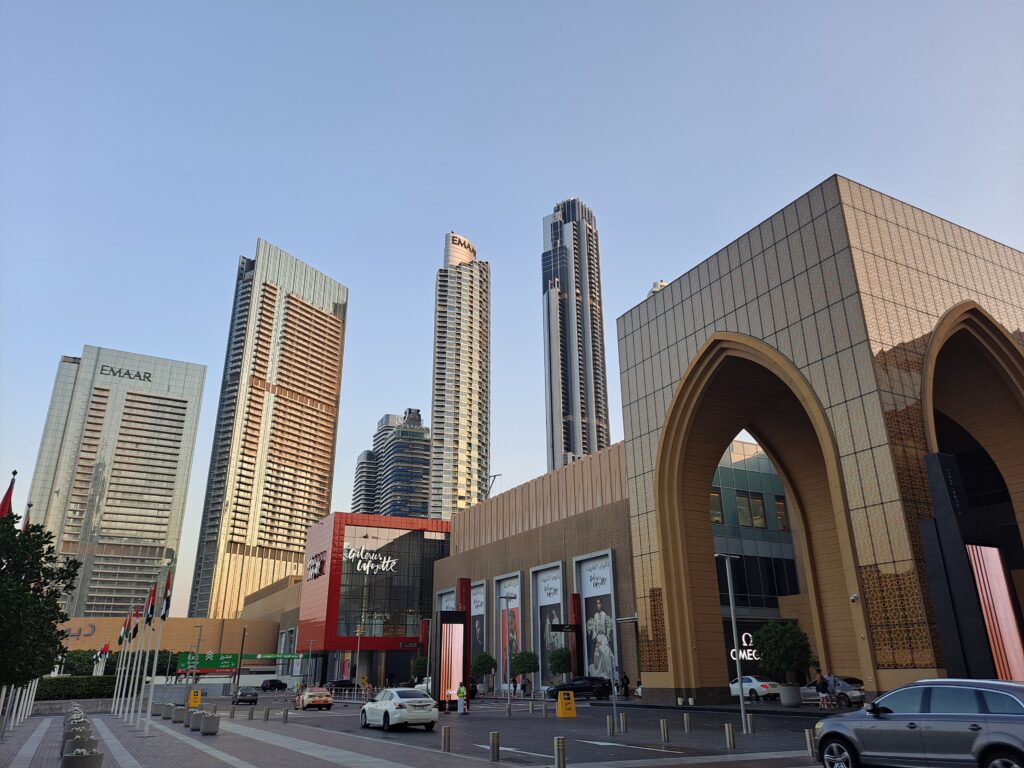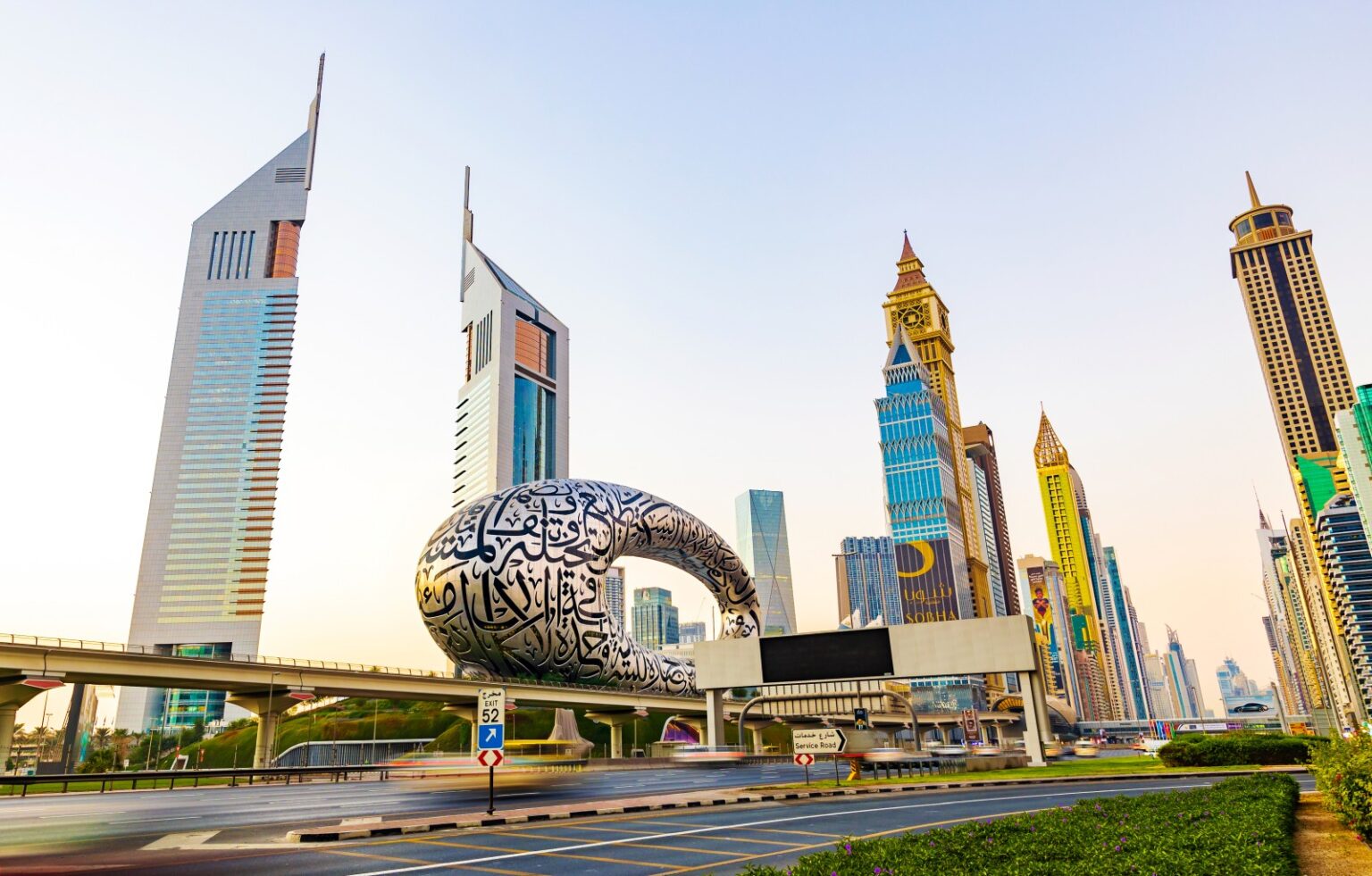At a Glance
- The mall draws rising annual foot traffic, supported by major attractions and improved access.
- Its scale and cultural pull reinforce Dubai’s status as a global tourism hub.
- Emaar’s new upgrades expand retail, dining and parking to boost visitor experience.
Dubai Mall, the world’s largest shopping mall with a total area of 1,124,000 m², stands at the base of the Burj Khalifa, drawing more visitors each year than any other retail destination on earth.
More than a mall, it functions as a civic space, climate-controlled walkway, leisure center and cultural hub, a place where residents and tourists gather to shop, eat, explore and escape the summer heat.
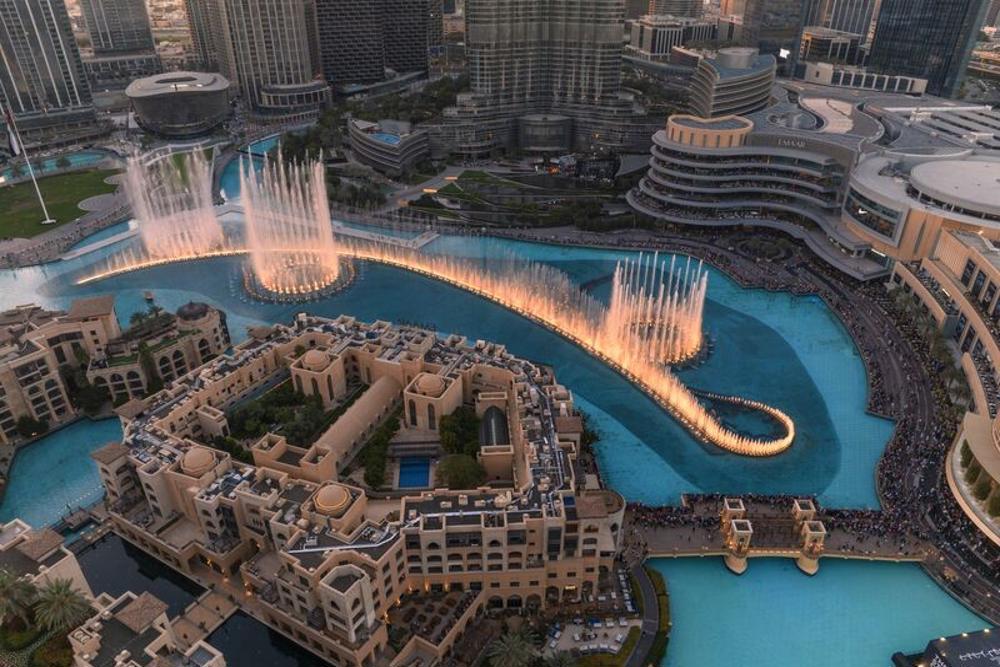
Opened in 2008 by Emaar Properties, the Dubai Mall has grown into a district of its own, expanding in phases and shaping Downtown Dubai’s identity.
With more than 1,200 stores, 350,000 square meters of leasable space and attractions that range from an Olympic-size rink to a 10-million-litre aquarium, it blends shopping with entertainment on a scale unmatched worldwide.
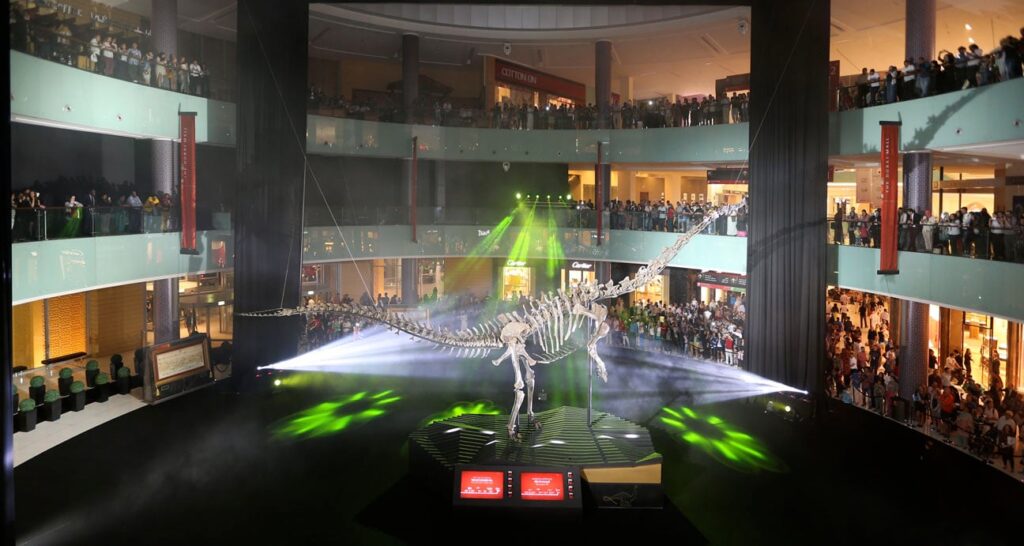
Origin and purpose
Designed by DP Architects, the mall was built to anchor Downtown Dubai and support the Burj Khalifa’s tourism appeal. The goal was to create an all-day destination where luxury, family entertainment and mass retail could coexist under one roof. Its launch coincided with Dubai’s mid-2000s construction boom, placing it at the center of the city’s transformation.

A city under one roof
Stretching across several levels, the mall includes Fashion Avenue, the Souk, the Grand Atrium and a waterfront promenade. These zones spread out foot traffic and guide visitors to different experiences. A covered 820-meter walkway links the mall to the metro station, while bridges connect it to nearby hotels.

Anchors that keep people inside
The Dubai Aquarium & Underwater Zoo remains one of its biggest draws, with its massive tank visible from the walkways.
The ice rink hosts lessons and events, while cinemas, VR zones and kid-friendly play areas extend dwell time for families.
Fashion Avenue’s luxury boutiques continue to post some of the region’s strongest footfall figures. Outside, the nightly Dubai Fountain shows remain a major attraction, especially for tourists.
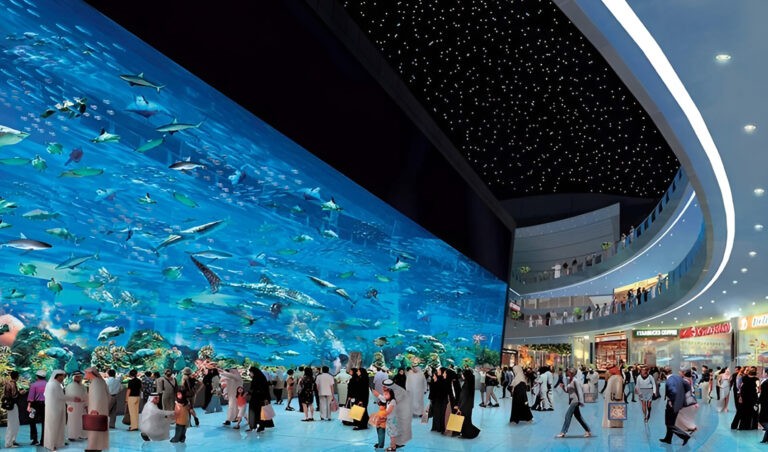
Upgrades and new investment
In 2024, Emaar approved a AED 1.5 billion ($610 million) expansion, adding new fashion and dining sections, enlarging circulation corridors and creating roughly 3,000 additional parking spaces. The aim is to boost visitor flow and meet rising demand even as online shopping grows.
How the mall makes money
Revenue comes from retail rents, dining, entertainment, events, advertising and parking. High-visibility corridors, especially around Fashion Avenue, command premium rent thanks to heavy foot traffic.
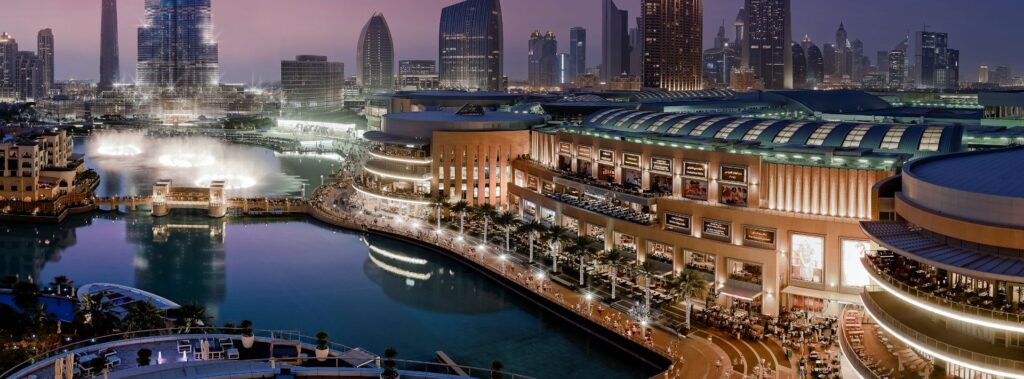
Transport and access
Multi-level parking, valet stations, hotel connections and the climate-controlled metro walkway keep the mall accessible throughout the year, especially during peak tourism periods.

Cultural and economic impact
Dubai Mall shapes tourism patterns, supports nearby hotels, influences luxury housing demand and hosts major product launches and seasonal showcases. Few venues in the region shape public life at this scale.

Bottom line
The Dubai Mall remains one of the most-visited and influential retail destinations in the world. Its size creates an unmatched advantage, but it also demands continuous reinvestment. As Dubai evolves, the mall continues to serve as a retail powerhouse, social hub and cultural landmark — a place that stays central to the story of modern Dubai.
